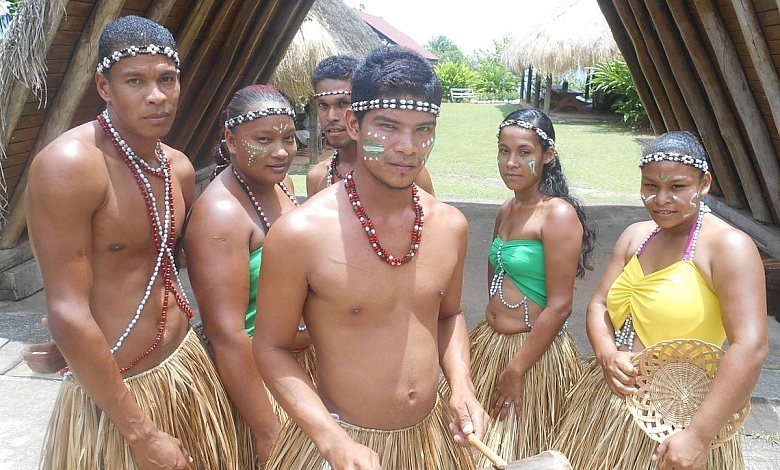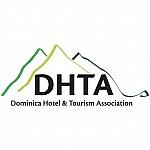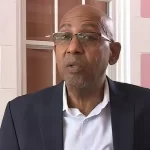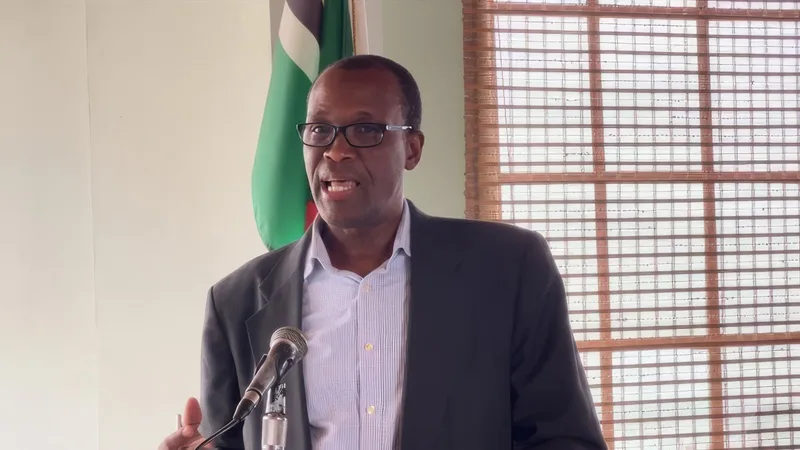Indigenous people of Dominica

Indigenous people of Dominica are primarily represented by the Kalinago, the last remaining Indigenous community in the Eastern Caribbean with a legally designated territory. Their presence in Dominica predates European colonization by over 2,000 years and has been marked by extraordinary resilience, cultural preservation, and continued negotiation of their place in national and regional structures.
Indigenous People of Dominica: History, Territory, and Cultural Survival
The origins of the Kalinago lie in migratory movements from South America, particularly along the Orinoco River. By 1000 CE, they had established dominance throughout the Windward Islands, replacing earlier Arawakan communities through both assimilation and conflict. They developed a robust seafaring culture, using swift dugout canoes to trade, raid, and defend across island chains. These vessels enabled them to reach as far north as Guadeloupe and as far south as Trinidad, with Dominica serving as a strategic hub for both military and economic activity. From places like Toucari Bay to Rosalie Bay, Kalinago settlements spanned the island’s coast and interior ridges.
The Kalinago named the island Wai’tu kubuli, meaning “tall is her body,” honoring its towering terrain. This name persists today in landmarks such as the Waitukubuli National Trail (WNT) and institutions like the Waitukubuli Ecological Foundation (WEF). Unlike many neighbouring islands, Dominica resisted early European colonisation. The island’s rugged interior, defended fiercely by its Indigenous people, delayed European settlement for nearly 200 years after Christopher Columbus’s arrival in 1493.
The first major colonial threats came from the French and British during the 17th and 18th centuries. The Kalinago were gradually displaced from fertile lands, such as Layou Village and Castle Bruce, into more isolated northeastern regions. Their resistance included coordinated attacks on outposts and alliances with African maroons. By the late 1700s, however, military defeats and colonial treaties reduced Kalinago territorial control. In 1903, the British established the Carib Reserve, now known as the Kalinago Territory, effectively limiting the Caribs’ land to 3,700 acres.
Governance, Land Use, and Political Structure
The Kalinago Territory is administered through a dual system that includes an elected Kalinago Chief and the Kalinago Council, supported by the Kalinago Territory Act of 1978. These institutions govern eight hamlets: Gaulette River, Mahaut River, St. Cyr, Salybia, Sineku, Bataka, Crayfish River and Concord, representing over 3,000 residents. Communal land tenure prevents the buying or selling of property. Instead, land use rights are allocated by the Council, maintaining collective control.
This communal model, while protective of heritage, limits access to credit and economic growth. Residents are unable to use land as collateral for loans or business expansion. To address this, state-backed initiatives, such as the Kalinago Development Fund, and international programs, including the Strengthening Community Resilience in the Kalinago Territory (SCR-K), aim to provide grants, technical assistance, and micro-enterprise support.
The territory is part of the Salybia Constituency, which grants residents participation in general elections; however, the Kalinago Chief does not hold parliamentary power. Instead, advocacy on behalf of the community is conducted through political representatives aligned with national parties. This disconnect often results in development promises going unfulfilled, prompting periodic calls for constitutional reform and stronger Indigenous legal recognition within the Constitution of Dominica.
Livelihoods, Craft Economy, and Modern Adaptation
The Kalinago economy is primarily rooted in agriculture and craft production. Traditional farming involves crops such as cassava, dasheen, plantains, and bananas, grown for household consumption and sale in nearby markets. Coastal fishing remains limited due to the territory’s location and lack of suitable equipment, but river harvesting, especially in the Salybia River and Sineku River, supplements diets and traditional practices.
Craftsmanship is central to household income. Women lead in producing baskets, mats, and hats made from larouma reeds, while men engage in wood carving, canoe building, and calabash decoration. These goods are sold locally, at festivals, and through cultural centers like the Kalinago Barana Autê. Despite global interest in Indigenous art, market reach remains limited due to inadequate infrastructure and marketing support. Tourism has potential, particularly through programs like Nature’s Indigenous Adventures, but it fluctuates due to transportation access and national promotional priorities.
In recent years, youth entrepreneurship has grown, with support from the Youth Development Division, Waitukubuli Entrepreneurs Lévé, and the Dominica Youth Business Trust. However, data from community assessments indicate youth unemployment in the territory remains higher than the national average.
Education, Health, and Public Services
Primary education is available through institutions such as the Salybia Primary School and Atkinson Primary School, which serve the territory and its surrounding areas. While literacy rates are relatively high, completion rates for secondary and tertiary education remain low. Barriers include cost, transportation, and cultural alienation. Few Kalinago youth pursue higher education, although some receive government scholarships and support from NGOs or diasporic foundations.
Curriculum inclusivity is another concern. Kalinago history and culture are often omitted from textbooks, despite periodic efforts by the Ministry of Education, Human Resource Planning, Vocational Training and National Excellence. Advocacy for integrating Indigenous knowledge systems has been pushed by educators and activists connected to the Kalinago Youth Council and Dominica Institute for the Arts.
Healthcare is delivered through the Salybia Health Centre, which manages chronic illnesses, provides vaccinations, offers prenatal services, and offers general outpatient care. Traditional herbal practices remain prevalent, especially for treating fevers, skin infections, and joint ailments. Elders often combine Christian faith with Indigenous medicinal wisdom, passing recipes and techniques orally. The Yes We Care Programme also assists vulnerable elders, though the center faces understaffing and equipment limitations.
Language, Beliefs, and Cultural Revival
The Kalinago language has largely been lost, with only fragments remaining. A few words, such as “karina” (man) and “tububuli” (island), persist in ceremonial or symbolic use. Revival efforts, especially among youth, are part of regional Caribbean Indigenous initiatives, including exchanges with the Garifuna of St. Vincent and Belize. Community workshops, radio segments, and school clubs occasionally introduce reconstructed vocabulary.
Cultural ceremonies continue in informal ways, especially around river blessings, ancestor recognition, and lunar events. Christianity is the dominant religion, but older cosmological ideas, centred on nature spirits, river deities, and land guardians, still influence rituals and taboos. Sacred sites, such as Morne Soleil, the Salybia River, and coastal outlooks, serve as spaces for prayer, reflection, and storytelling.
The performing arts are vibrant, particularly during the Waraka Séwinal Festival, which showcases drumming, dance, and traditional attire. Young artists utilise events supported by the Kalinago Cultural Village and the Dominica Institute for the Arts to explore fusion genres that combine modern Caribbean music with ancestral rhythms. Artistic preservation also includes storytelling, with elders recounting migration tales, trickster stories, and spiritual parables to both local youth and visiting scholars.
Regional Solidarity and Environmental Custodianship
As Dominica’s only legally recognized Indigenous community, the Kalinago maintain relationships with other Caribbean and global Indigenous groups. Through cultural diplomacy and environmental partnerships, they have joined discussions on biodiversity, climate justice, and regional trade. The Organization of American States (OAS), UNESCO offices, and CARICOM networks have all facilitated Kalinago participation in forums from Guyana to Geneva.
Environmentally, Kalinago stewardship is evident in their efforts to protect forests, conserve rivers, and adopt sustainable farming practices. Rotational cropping, planting calendars aligned with the moon cycles, and restrictions on certain tree cuts are longstanding customs that align with the National Forest Policy (2022) and Dominica’s environmental conservation goals. Kalinago youth have led several cleanup projects along the Sineku River, restoring riparian health and educating peers on watershed protection.
Active Institutions and Development Focus
Today, the Kalinago Territory benefits from several ongoing programs and institutions, each contributing to cultural preservation, economic opportunity, and resilience building. The following key initiatives reflect active engagement:
- Kalinago Council – Local administrative authority managing land use and policy
- Kalinago Development Fund – Offers business grants and small-scale project financing
- Kalinago Youth Council – Mobilizes education, advocacy, and cultural training
- KaliVoA (Kalinago Volunteers Association) – Coordinates disaster response and community events
- Kalinago Barana Autê – Preserves architectural heritage and hosts visitor experiences
- SCR-K Project – Focused on infrastructure upgrades and climate readiness
- Waraka Séwinal Festival – Annual cultural celebration fostering local pride and tourism
- Salybia Health Centre – Primary provider of public healthcare in the territory
- Sineku and Crayfish River Women’s Groups – Lead in craft production and community training
- Agro-tourism Pilot Sites – Combine farming, storytelling, and traditional cooking for visitors
Together, these efforts represent a shift toward self-determined development rooted in cultural pride and intergenerational participation. While obstacles persist, legal recognition gaps, economic fragility, and land-use challenges, the Kalinago remain a distinct and active voice in shaping Dominica’s national identity.




